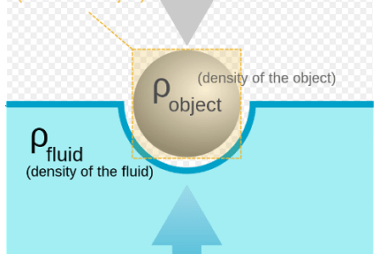Drops
Mechanics drops can refer to a few different things depending on context, but generally it refers to a type of liquid used in mechanical applications to reduce friction, prevent wear, and provide lubrication. Mechanics drops can include things like motor oil, hydraulic fluid, and gear lubricants, which are used in engines, transmissions, and other mechanical…









